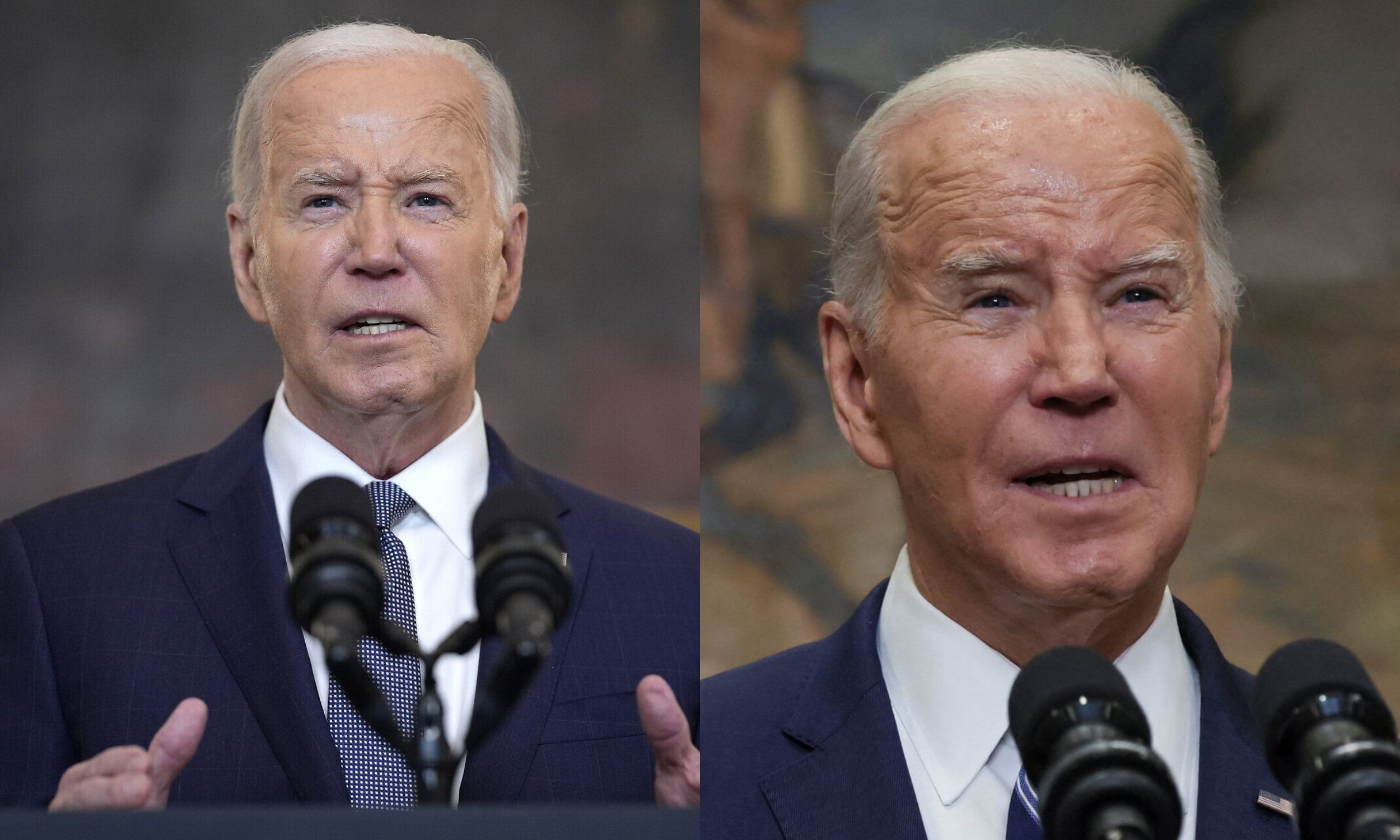On Friday, President Biden indicated that progress towards a cease-fire between Israel and Hamas has advanced seriously, though he emphasized that more work remains before a final agreement is reached. The president’s remarks from the Oval Office highlighted that while negotiations have moved closer to resolution, the deal is not yet complete.
Negotiators from the U.S., Israel, Qatar, Egypt, and Hamas concluded two days of discussions in Doha, Qatar. A joint statement from Washington, Doha, and Cairo described the talks as productive and conducted in a positive environment. The U.S. aims to finalize the deal by the end of next week, with Secretary of State Antony Blinken scheduled to travel to Israel on Sunday to intensify diplomatic efforts.

A “final bridging proposal” presented by the U.S. was described by a senior administration official as a detailed plan that refines the broad framework initially proposed in May. The proposal outlines a phased cease-fire starting with a six-week halt in hostilities, Hamas releasing hostages taken on October 7, and Israel freeing Palestinian prisoners.
The six-week truce is intended to facilitate increased humanitarian aid to Gaza, the easing of Israeli military presence in certain areas, and the return of displaced Palestinians. Negotiations in the coming week will focus on the specifics of the hostage and prisoner exchange, described as a complex issue referred to as “the keys” in diplomatic terms.
The U.S. is setting up an implementation cell in Cairo to finalize details by next week. The senior official noted that while the deal aims to ensure Israel’s security, it also seeks to provide relief to Gaza’s residents. Concurrently, U.S. efforts are being made to dissuade Iran from retaliatory actions following the killing of Hamas leader Ismail Haniyeh. Iran, through intermediaries, has expressed a desire to see the cease-fire implemented and reduce regional tensions.


